Capital Eshnunna circa 2000 BCE Urguedinna (first) Local time Wednesday 1:30 AM | Government Monarchy circa 1700 BCE Silli-Sin (last) Established circa 3000 BCE | |
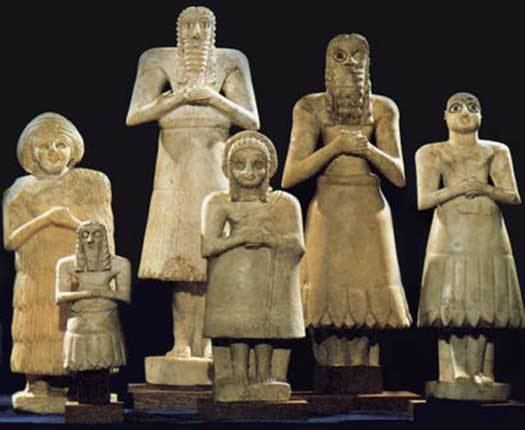 | ||
Weather 12°C, Wind NW at 8 km/h, 56% Humidity Similar Euonymeia, Dholavira, Tell Beydar | ||
Eshnunna (modern Tell Asmar in Diyala Province, Iraq) was an ancient Sumerian (and later Akkadian) city and city-state in central Mesopotamia. Although situated in the Diyala Valley north-east of Sumer proper, the city nonetheless belonged securely within the Sumerian cultural milieu.
Contents
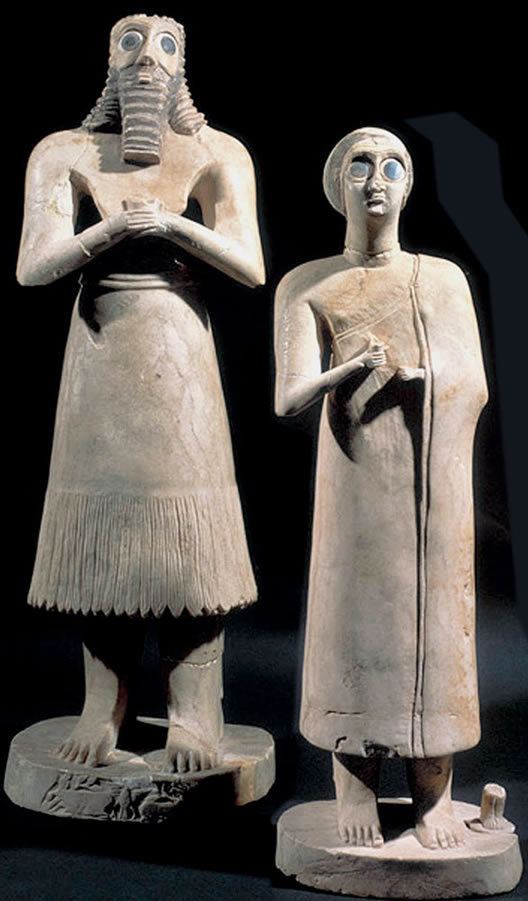
The tutelary deity of the city was Tishpak (Tišpak).
History
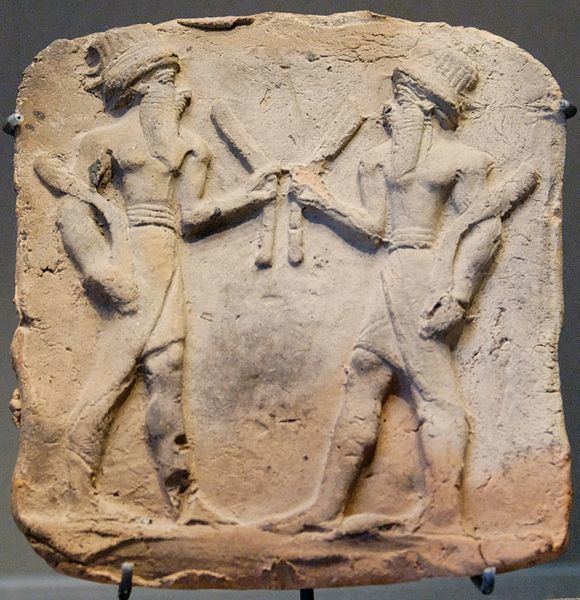
Occupied from the Jemdet Nasr period, about 3000 BC, Eshnunna was a major city during the Early Dynastic period. Beginning with the rise of the Akkadian Empire, Eshnunna oscillated between periods of independence and domination by empires such as the Third Dynasty of Ur and Isin. Because of its promise of control over lucrative trade routes, Eshnunna could function somewhat as a gateway between Mesopotamian and Elamite culture. The trade routes gave it access to many exotic, sought-after goods such as horses from the north, copper, tin, and other metals and precious stones. In a grave in Eshnunna, a pendant made of copal from Zanzibar was found.
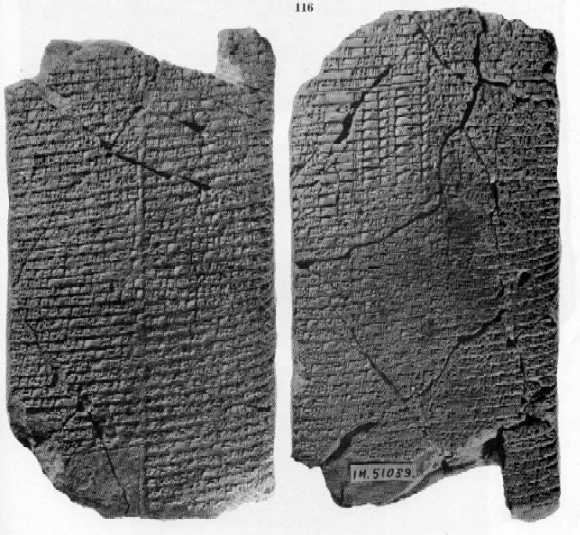
After rising to prominence as an independent state in the early second millennium, during the time of Shamshi-Adad, Eshnunna was then occupied by Elam, after which it was conquered by Hammurabi of Babylon in the 38th year of his reign, and thus absorbed within the Old Babylonian Empire (sometimes called the First Babylonian Dynasty). Thereafter, the city appears but rarely in cuneiform textual sources, reflecting its probable decline and eventual disappearance.
Archaeology
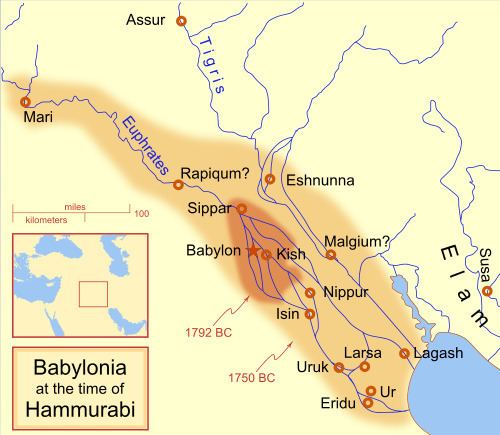
The remains of the ancient city are now preserved in the mound of tell Asmar, some 38 km in a straight line northeast of Baghdad and 30 km in a straight line southeast of Baqubah, excavated in six seasons between 1930 and 1936 by an Oriental Institute of the University of Chicago team led by Henri Frankfort with Thorkild Jacobsen and Seton Lloyd. The expedition's field secretary was Mary Chubb.
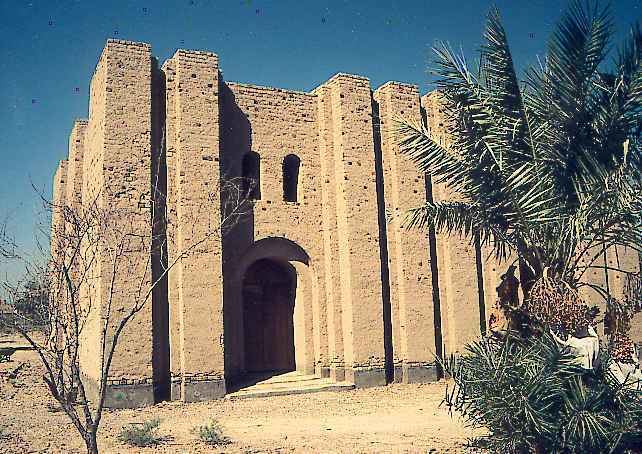
Despite the long passage of time since the excavations at Tell Asmar, the work of examining and publishing the remaining finds from that dig continues to this day. These finds include roughly 1500 cuneiform tablets.
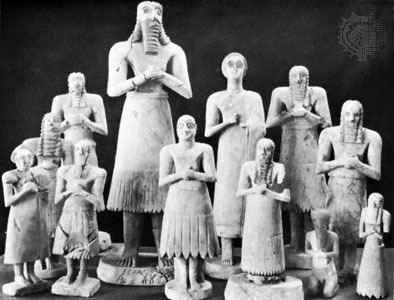
In the late 1990s, Iraqi archaeologists worked at Tell Asmar. The results from that excavation have not yet been published.
Laws of Eshnunna
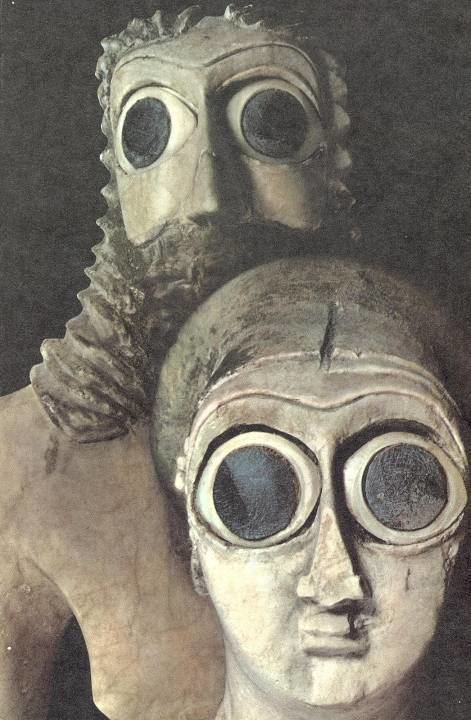
The Laws of Eshnunna consist of two tablets, found at Shaduppum (Tell Harmal) and a fragment found at Tell Haddad, the ancient Mê-Turan. They were written sometime around the reign of king Dadusha of Eshnunna and appear to not be official copies. When the actual laws were composed is unknown. They are similar to the Code of Hammurabi.
Square Temple of Abu
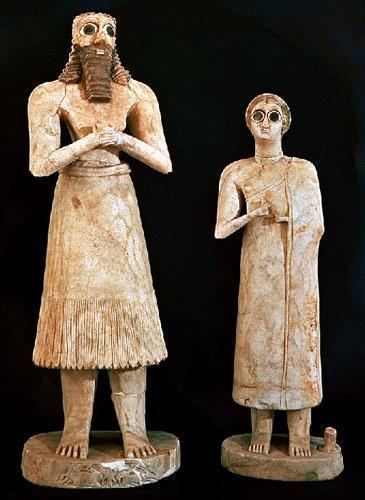
During the Early Dynastic period, the Abu Temple at Tell Asmar (Eshnunna) went through a number of phases. This included the Early Dynastic Archaic Shrine, Square Temple, and Single-Shrine phases of construction. They, along with sculpture found there, helped form the basis for the three part archaeological separation of the Early Dynastic period into ED I, ED II, and ED III for the ancient Near East. A cache of 12 gypsum temple sculptures, in a geometric style, were found in the Square Temple; there are known as the Tell Asmar Hoard. They are some of the best known examples of ancient Near East sculpture. The group, now split up, show gods, priests and donor worshippers at different sizes, but all in the same highly simplified style. All have greatly enlarged inlaid eyes, but the tallest figure, the main cult image depicting the local god, has enormous eyes that give it a "fierce power".
